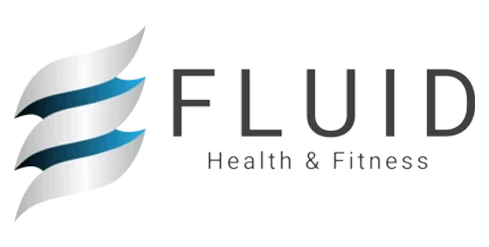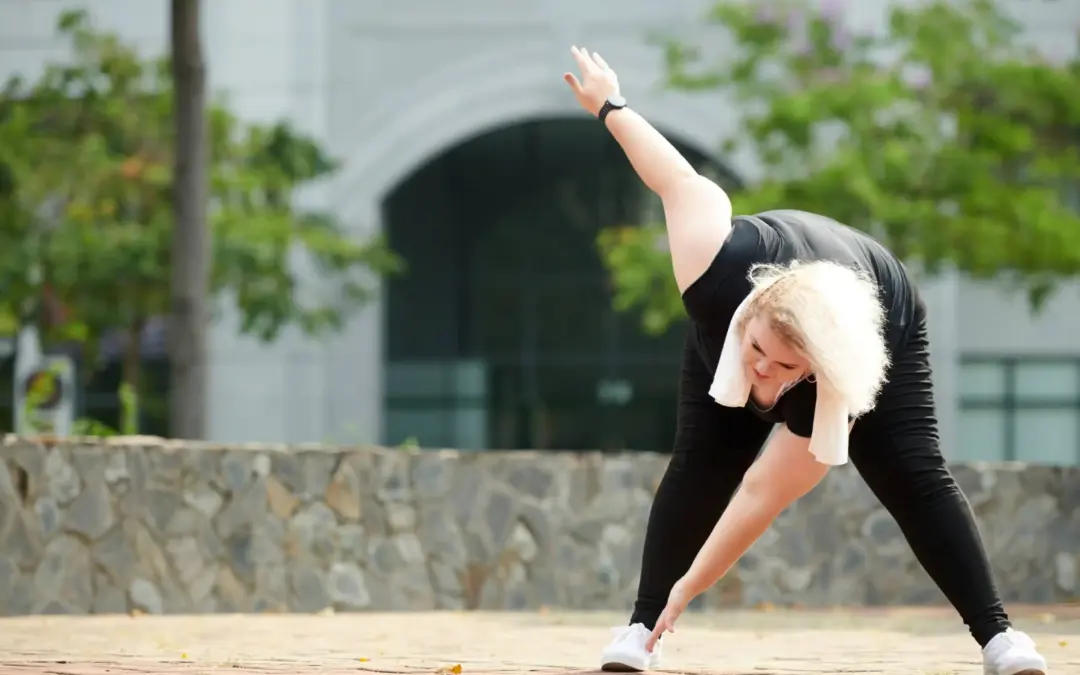Introduction
Week 9 of the Applied Fundamentals course at Fluid Health and Fitness marked the transition into transverse plane mechanics—addressing how the body maintains postural control, joint alignment, and rotational integrity during stance. This phase explored how the cervical-cranial region, thoracic spine, and hip/knee complexes regulate and distribute rotational forces across the kinetic chain.
Staying true to Fluid’s core principle—structure before conditioning, movement quality before intensity—Week 9 emphasized stabilizing rotational movement before progressing to dynamic performance. Dysfunction in the transverse plane often leads to compensation in adjacent planes, escalating strain across the system.
Why It Matters
Transverse plane stance involves controlling rotation through the spine, pelvis, and lower extremities to preserve alignment and efficiency. Mismanagement at any segment leads to over-rotation, poor load transfer, and postural collapse. Training these mechanics reduces injury risk, enhances core integration, and improves gait, turning, and pivoting ability.
Step-by-Step Breakdown of Week 9
|
Day |
Focus Area |
Objective |
|
Day 1 |
Cervical & Cranial |
Stabilize visual and vestibular alignment during trunk and pelvic rotation. |
|
Day 2 |
Thoracic Spine |
Distribute rotation efficiently and support breathing control. |
|
Day 3 |
Hip & Knee Complex |
Maintain lower limb alignment and regulate force during rotational stance. |
Core Concepts Reinforced
- Cervical and Cranial Stability (Day 1)
- Neutral Cervical Position: Maintains head alignment, limits excessive rotation.
- Cranial Leveling: Balances visual and vestibular input.
- Key Movements:
- Cervical Rotation (primarily at C1-C2).
- Cranial Counter-Rotation.
- Muscle Actions:
- Concentric: SCM, scalenes, splenius capitis.
- Eccentric: Suboccipitals, levator scapulae.
- Common Dysfunctions: Excessive or restricted rotation, cranial tilt, vestibular imbalance.
- Thoracic Mobility and Control (Day 2)
- Thoracic Alignment: Natural kyphosis preserved; rotates evenly across vertebrae.
- Ribcage Dynamics:
- Rotating side: Ribs close anteriorly.
- Opposite side: Ribs open posteriorly.
- Muscle Actions:
- Concentric: Obliques, rotatores, multifidus.
- Eccentric: Erector spinae, intercostals.
- Dysfunctions: Asymmetrical rib motion, excessive lumbar compensation.
- Hip and Knee Mechanics (Day 3)
- Hip Alignment: Femoral head centered; rotation coordinated with pelvis.
- Knee Mechanics: Tibial rotation regulated by hamstrings and gastrocnemius.
- Key Movements:
- Hip Internal/External Rotation.
- Tibial Internal/External Rotation.
- Primary Movers:
- Internal: TFL, glute min, adductors.
- External: Glute max, deep rotators.
- Knee: Hamstrings (IR), biceps femoris (ER).
- Common Dysfunctions: Valgus collapse, restricted rotation, increased medial knee stress.
Preparation: Screening for Transverse Plane Readiness
- Cervical: Assess head alignment and smooth rotation in gait.
- Thoracic: Observe trunk twist symmetry; monitor rib expansion.
- Lower Body: Watch for knee collapse or limited rotation in stance.
Corrective Drills and Activation Techniques
- Cervical-Cranial (Day 1)
- Controlled cervical rotations, resisted isometrics, suboccipital release.
- Balance drills with head turns for vestibular engagement.
- Thoracic Spine (Day 2)
- Thoracic rotation drills (seated, quadruped).
- Ribcage expansion work: breath-focused mobility.
- Strength: Side planks, banded trunk rotation.
- Hip & Knee (Day 3)
- Hip rotation: Pigeon stretch, seated rotation.
- Knee activation: Tibial IR/ER with band, hamstring curls.
- Neuromuscular: Single-leg stance on unstable surfaces.
Aftercare: Movement Integration and Awareness
- Maintain visual focus and head control during walking and sport.
- Cue symmetrical ribcage rotation in trunk-dominant tasks.
- Reinforce balanced hip rotation and knee alignment in squats, lunges.
Checkpoint Questions
- How does cervical stability affect trunk rotation?
- What is the role of ribcage coupling in thoracic rotation?
- Why is tibial rotation essential for gait shock absorption?
- Which muscles stabilize the hip in transverse stance?
Conclusion
Week 9 established foundational stability in the transverse plane by coordinating the cervical spine, thorax, and lower limbs. Rotation, when controlled, enhances performance and reduces compensatory overload. By integrating rotational mobility, muscular control, and joint alignment, you support resilient, functional movement.
Stabilize rotation. Align the axis. Transfer force cleanly.



